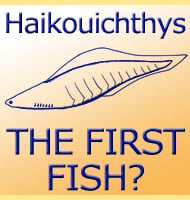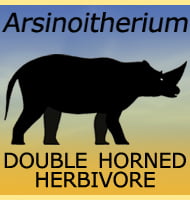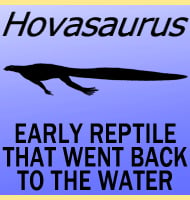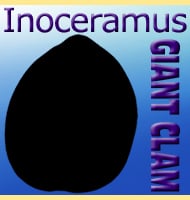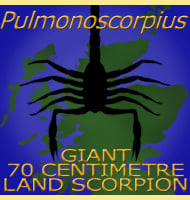In Depth
Saltoposuchus was not like todays crocodiles, in fact it was more like a small theropod dinosaur. The hind legs were long which meant that fast running speeds were theoretically possible, though the fore limbs may have still served a weight bearing function, perhaps when at rest. The teeth in the mouth were small and adapted to facilitate prey capture of small vertebrates like lizards. The long legs of Saltoposuchus would have given it a speed advantage when chasing prey across open ground since it could cover more distance with each stride.
There has been past speculation that Saltoposuchus and Terrestrisuchus may in fact represent the same genus (the latter being the juvenile form), though at the time of writing there remains few definitive conclusions regarding this. As of 2012 Terrestrisuchus us still widely treated as a valid genus. Fossils of Saltoposuchus have also been previously considered to have been mistakenly assigned to other genera, including the dinosaur Procompsognathus.
Further Reading
- The Triassic reptilian order Thecodontia, Frederich von Huene - 1922. - When Terrestrisuchus gracilis reaches puberty it becomes Saltoposuchus connectens!, D. Allen - 2003.

